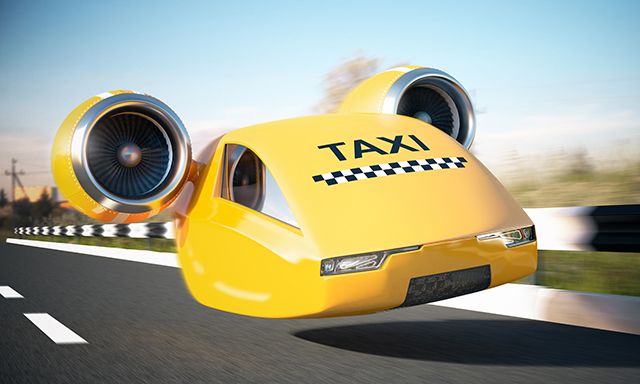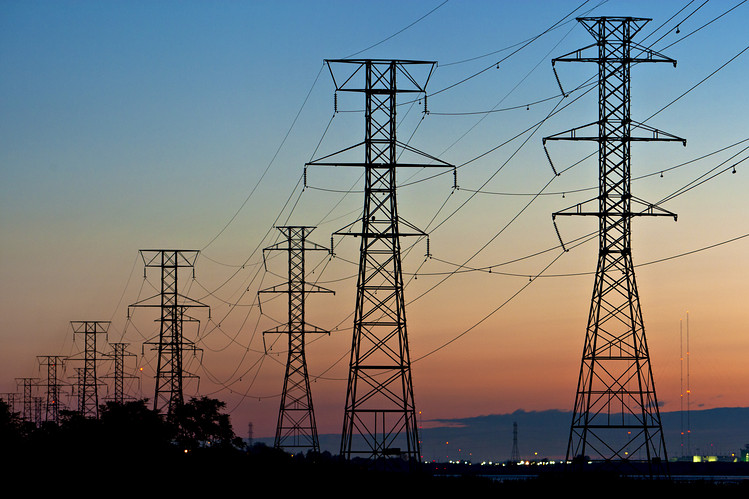
In their recently published study, they clarified that flying cars could serve as a sustainable form of transportation over longer distances, such as between cities or even states. eVTOLs were best suited to providing a ride-share taxi service in crowded urban environments and areas with geographical limitations. They produced no air pollution during flight, but their batteries ran on electricity that came from power plants, including fossil fuel plants.
The researchers came from the University of Michigan (UMich) and Ford Motor Co. They conducted the first thorough assessment of the sustainability of eVTOLs, where they evaluated the energy expenditure, air pollution emissions, and time saved during travel by both flying cars and ground vehicles. (Related: Solid state battery breakthrough could be a total game-changer for electric vehicles.)
A study says flying cars only become economical and sustainable during long trips
Their analysis showed that an eVTOL with a full passenger loadout would produce less air pollution than ground based-cars that carried less than two passengers if they traveled at least 62 miles (91 km). The flying car gave off 52 percent lower emissions than a fossil fuel-powered car and six percent less pollution than an electric vehicle.
"Not only is high passenger occupancy better for emissions, it also favors the economics of flying cars," explained UMich researcher Akshat Kasliwal. "Further, consumers could be incentivized to share trips, given the significant time savings from flying versus driving."
Kasliwal served as the first author of the study. He explained that their findings could provide guidelines on the sustainable deployment of a new transportation system before it became fully commercialized.
The transportation sector needed to meet the increasing demand for convenient passenger transportation. It also had to decongest roads, ensure safety, and reduce air pollution.
Electric vehicles and self-driving vehicles ran into the problem of congestion on roadways. eVTOLs, on the other hand, could fly over traffic jams while providing air travel services for urban and regional areas.
Ordinary cars are better for short commutes
The UMich and Ford researchers drew their data from public sources of information. They developed a computer model that estimated energy use and air pollution emissions for eVTOLs.
Vertical takeoff and landing aircraft went through several phases of flight – takeoff hover, climb, cruise, descent, and landing hover. VTOLs expended the most significant amount of energy during the takeoff and climbing phases. In contrast, they used power at effective rates during the cruise phase.
Based on these known uses of energy, VTOLs achieved the best energy efficiency during long trips, when they covered most of the total flight miles in the cruise phase. For trips that were shorter than 22 miles (35 km), it would be more eco-friendly and energy efficient to drive in an ordinary car – even one powered by an internal combustion engine. And it so happened that the typical commute by ground vehicles only covered 11 miles (17 km).
"As a result, the trips where VTOLs are more sustainable than gasoline cars only make up a small fraction of total annual vehicle-miles traveled on the ground," explained UMich researcher Jim Gawron. "Consequently, VTOLs will be limited in their contribution and role in a sustainable mobility system."
VTOLs did travel much faster than cars. An eVTOL would save around 80 percent of the time that passengers would have spent trapped in congested streets.
See FlyingCars.news for more coverage of flying cars.
Sources include:
Please contact us for more information.























